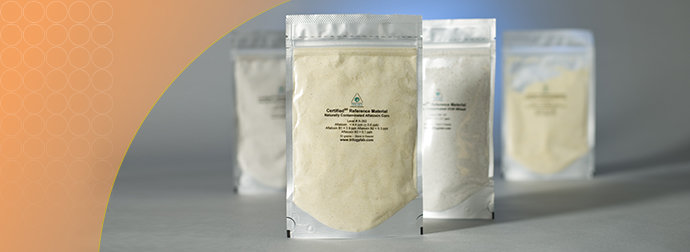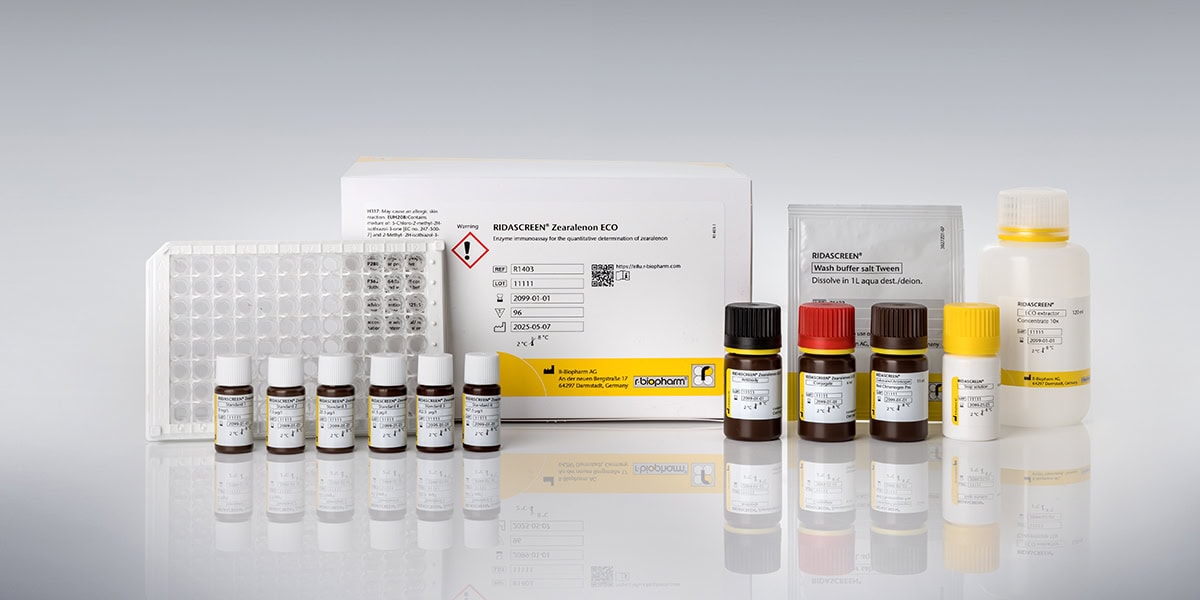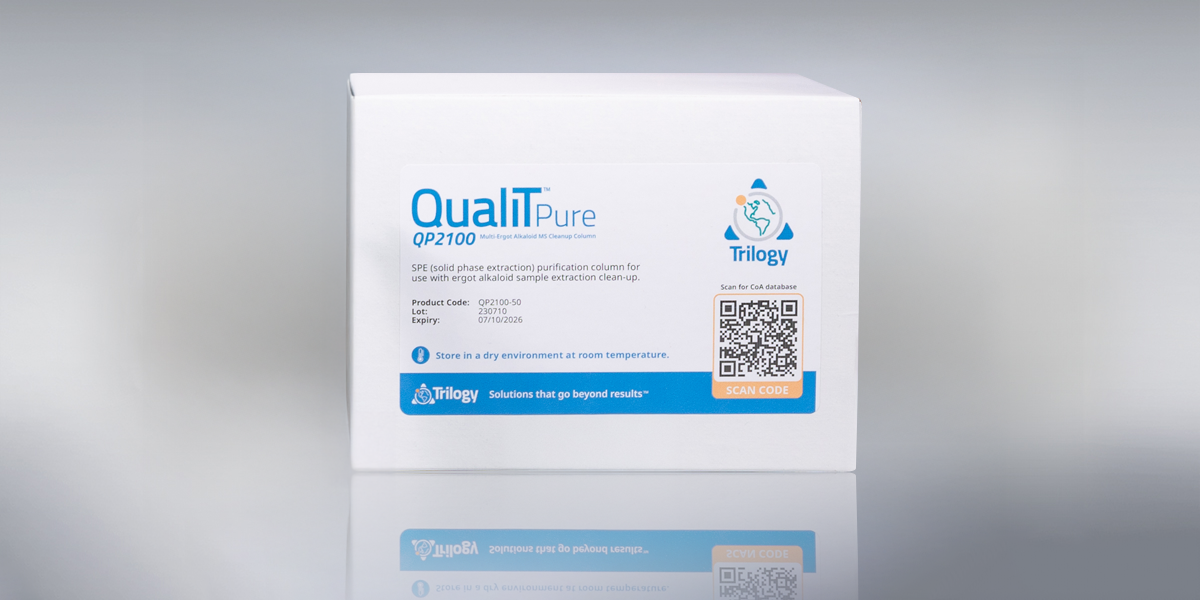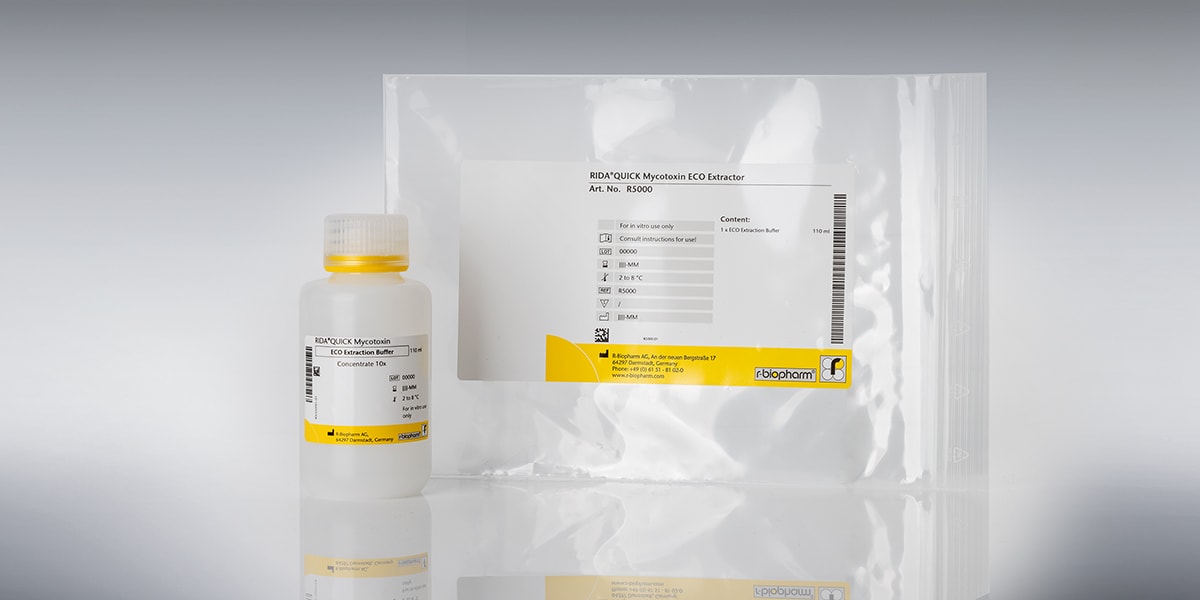
Recent news in Food & Feed Analysis
- Home
- /
- Reference material: cornerstone of...
Reference material: cornerstone of quality control

Reference material is indispensable for quality control in food analysis. But what exactly is the difference between reference material and certified reference material? And what is an analytical standard? Here‘s an overview.
Laboratories must ensure that the results of their analyses are correct. That’s not always an easy task: In food analysis, results are usually not absolute and universally valid, but depending on the sample preparation, the test system used, the storage of reagents, the experience of the employee and other parameters. This means that two laboratories may produce (slightly) different results even when using the same sample and test system. Standards serve as a scale for comparison and allow interpreting the analysis result correctly. This is especially useful for method validation, quality assurance, calibration of equipment, training of employees and proficiency testing.
Reference materials are a specific form of standards. In principle, the term describes a substance with a specified property. In mycotoxin analysis, this may be a contaminated corn or wheat sample with a precisely defined concentration of aflatoxin, for example. Two types of reference material can be distinguished: accredited and non-accredited reference material. Accredited materials can again be distinguished between certified and non-certified reference materials while for non-accredited reference materials term like quality control material or analytical standard are also common. The following table gives an overview of the different terminology and characteristics:
| Certified reference material (CRM) | (Non-certified) Reference material | QC material, analytical standard | |
|---|---|---|---|
| Producer | ISO 17034:2016 accredited | ISO 17034:2016 accredited | not necessarily accredited |
| Certificate of Analysis (CoA) | ISO Guide 31:2015 compliant | ISO Guide 31:2015 compliant | Producers discretion |
| Characterized material | mandatory | mandatory | Producers discretion |
| Homogeneity | mandatory | mandatory | Producers discretion |
| Stability | mandatory | mandatory | Producers discretion |
| Traceability | mandatory | Producers discretion | Producers discretion |
| Information on uncertainty | mandatory | Producers discretion | Producers discretion |



